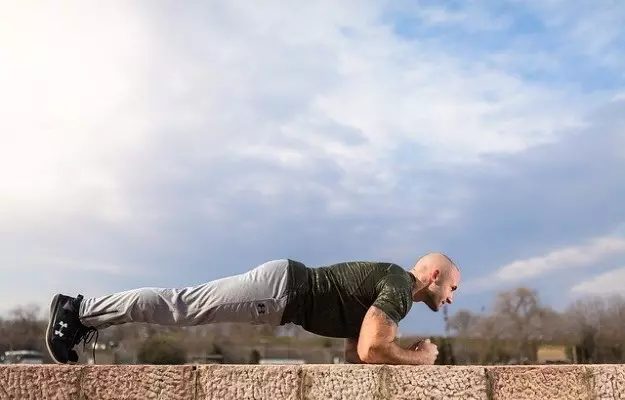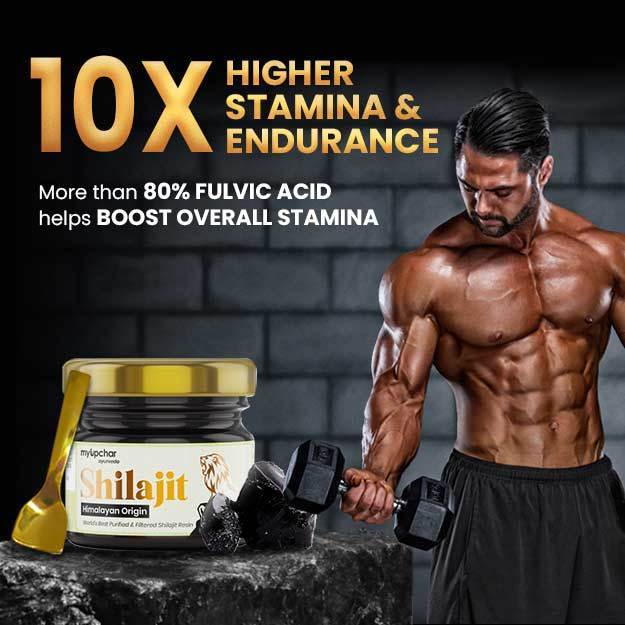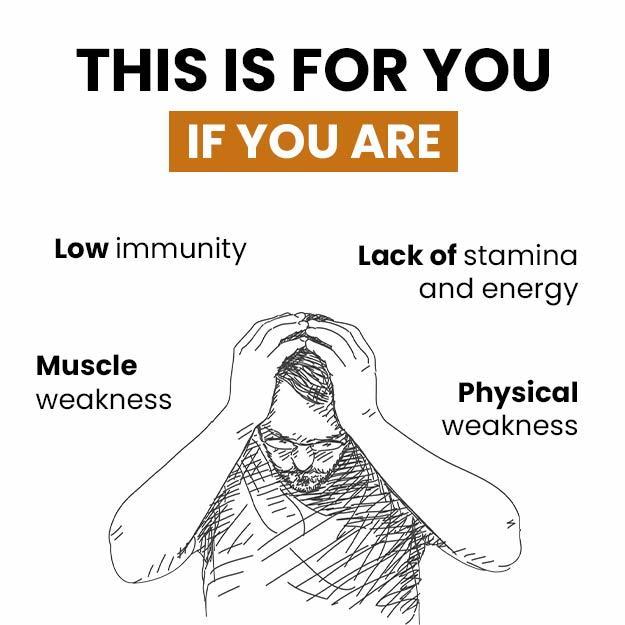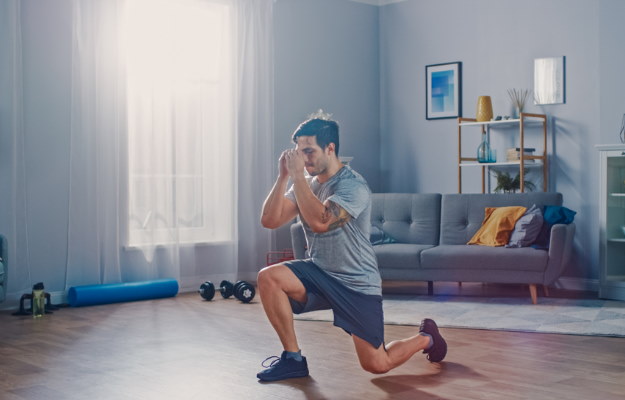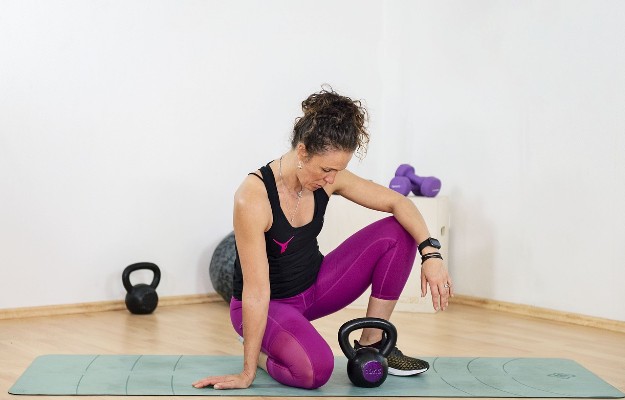Gone are the days when gymnasiums in the country only had a set of weights and a few basic machines, and working out in the gym often meant you had aspirations of becoming a bodybuilder. Fitness is increasingly being viewed as a way of life and something that must be pursued by everybody, regardless of age, gender or the status of their overall health.
Fitness or training programmes today have evolved to incorporate new techniques and methods to exercise - this has the added benefit of making workouts more engaging and enjoyable. This has also led to the introduction of new styles of training such as Crossfit, HIIT, circuit training and kettlebell workouts. These modules are great for weight loss, building muscle mass, increasing stamina, and indeed improving overall health.
If you are tired of dieting and exercising and are not able to lose weight, then use myUpchar Ayurveda Medarodh Fat Burner Capsule, it has no side effects, order it today and avail the benefits.
Hundreds of bicep curls, bench presses or dumbbell fly may help you develop your body’s targeted muscles, but they do not do anything to boost your strength levels while performing daily chores. This is where functional exercises come in.
Any exercise that helps you in your daily routine is called functional. Carrying big loads across a room or when moving houses, pushing that heavy bed out of a corner or carrying groceries back home are common examples of movements that require functional strength, which these exercises help you condition.

